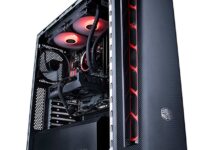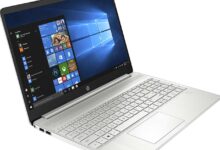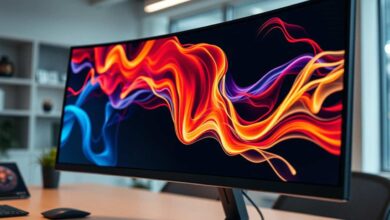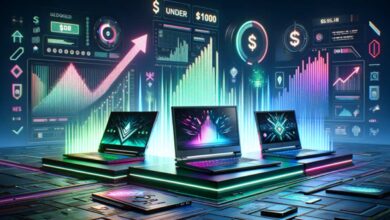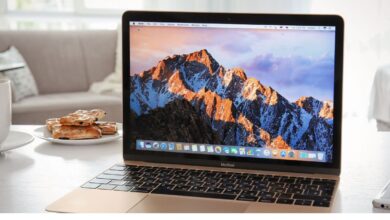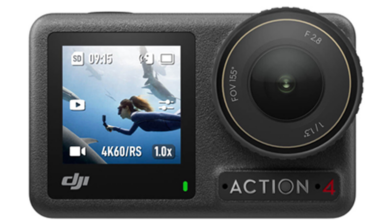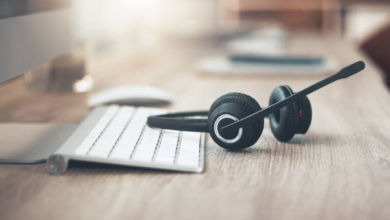
Welcome to the definitive guide on how to dominate the markets with a tailored trading computer. In today’s fast-paced financial world, having a specialized trading computer is not just a luxury but a necessity. Visit Trading Computers to understand how these powerful machines can give you an edge over the competition. Unlike standard computers, trading computers are designed to handle the intense demands of day trading, including running complex algorithms and processing large volumes of data quickly and efficiently.
Understanding the Basics of Trading Computers
A trading computer is specifically designed for handling the high demands of the stock market. These computers differ from regular PCs as they are optimized for calculating large volumes of data and executing trades at lightning speeds. The key components of a trading computer include a high-performance CPU, ample RAM, and specialized trading software. Ensuring these elements are top-quality is crucial for real-time analytics and decision-making, which are the backbones of successful trading.
Essential Hardware Components
The CPU in a trading computer should be a high-end processor capable of handling multiple tasks simultaneously. RAM is equally important, as it allows you to run several applications at once without slowing down. For storage, SSDs are preferred in trading computers for their speed compared to HDDs. Multiple monitors are a game-changer, allowing traders to monitor various markets simultaneously. A powerful graphics card supports these monitors, and a fast, reliable internet connection is non-negotiable for real-time trading data.
Choosing the Right Software
Selecting the right software is crucial for a trading computer. The trading platform you choose should be responsive and capable of handling complex analyses and multiple transactions simultaneously. Analytical tools help in market prediction and trend analysis. Additionally, robust security software is essential to protect sensitive trading data from cyber threats. Lastly, having reliable backup and recovery solutions ensures that you’re prepared for any system failures without losing critical data.
Customizing Your Trading Computer
Customizing your trading computer means selecting components specifically suited to your trading style. Whether it’s day trading, forex, or stock market analysis, each trading style has different demands. Hardware customization can range from multiple monitors for broader market views to faster processors for real-time trading. Software should be chosen based on the specific markets and instruments you trade. An ergonomic setup reduces physical strain and enhances trading performance.
Optimizing for Performance
Regular maintenance of your trading computer is essential to keep it running at peak performance. This includes cleaning up unnecessary files, updating software, and periodically checking for hardware upgrades. A well-maintained trading computer is less likely to suffer from slowdowns or crashes, which can be costly in a trading environment. Fine-tuning your trading software’s settings can also lead to faster and more accurate trade executions.
The Role of Multiple Monitors in Trading
Incorporating multiple monitors into your trading computer setup can significantly enhance your ability to monitor and analyze the markets. With each monitor, a trader can track different markets or view various analytical tools simultaneously. This setup enables quick reactions to market changes and aids in more informed decision-making. Properly arranging and calibrating your monitors is key to maximizing their effectiveness in your trading strategy.
Security Considerations
Security is paramount in a trading computer setup. This includes installing robust antivirus and anti-malware software to protect against cyber threats. Regular software updates and security patches are essential to safeguard your system from vulnerabilities. It’s also crucial to use secure networks, especially when trading on public Wi-Fi, to prevent data breaches and unauthorized access to your trading accounts.
Backup and Disaster Recovery
Regular backups are critical in trading, as they ensure that your data is not lost in case of a system failure. A good backup strategy for a trading computer involves both local and cloud-based solutions, providing multiple recovery points. Additionally, having a disaster recovery plan is vital. This could include having a secondary trading computer setup or ensuring all trading software and platforms are accessible from different devices.
Ergonomics and Comfort
An ergonomic setup is vital for a trading computer workstation. Prolonged trading sessions can lead to physical strain, so it’s essential to invest in an ergonomic chair, keyboard, and mouse. The placement of monitors should be at eye level to reduce neck strain. Adequate lighting and a clutter-free environment also contribute to a more comfortable and focused trading experience.
Future-Proofing Your Trading Computer
To ensure your trading computer remains effective in the future, it’s important to stay updated with the latest technology trends. This includes monitoring advancements in processors, storage solutions, and trading software. Upgrading your system components regularly will help maintain optimal performance and compatibility with new trading applications and platforms. Future-proofing your trading computer is an ongoing process that keeps you competitive in the ever-evolving trading landscape.
Conclusion
A well-equipped trading computer is an indispensable tool for any serious trader. It’s not just about the hardware but how you customize and maintain it to match your trading style. Remember, the goal is to create a setup that maximizes efficiency, speed, and reliability. Investing time and resources in building the perfect trading computer setup pays dividends in the form of better decision-making and enhanced market performance. As the trading world evolves, so should your setup, keeping you always one step ahead in the game.
